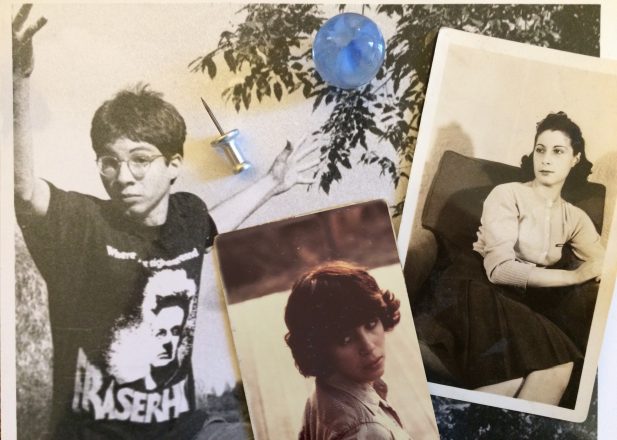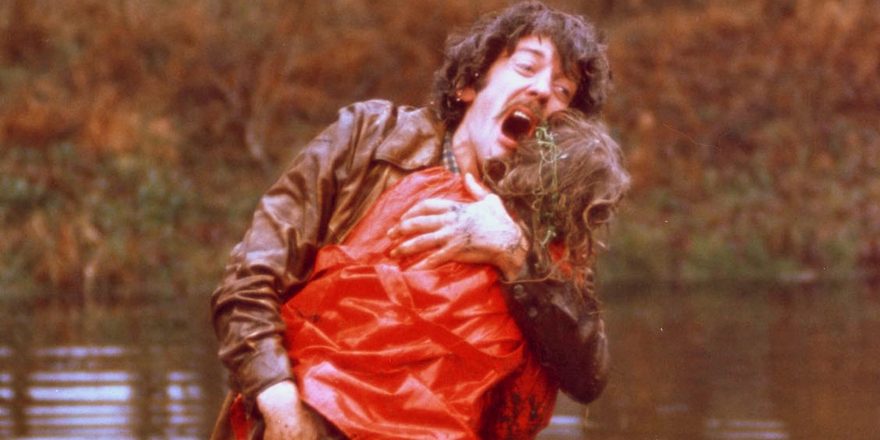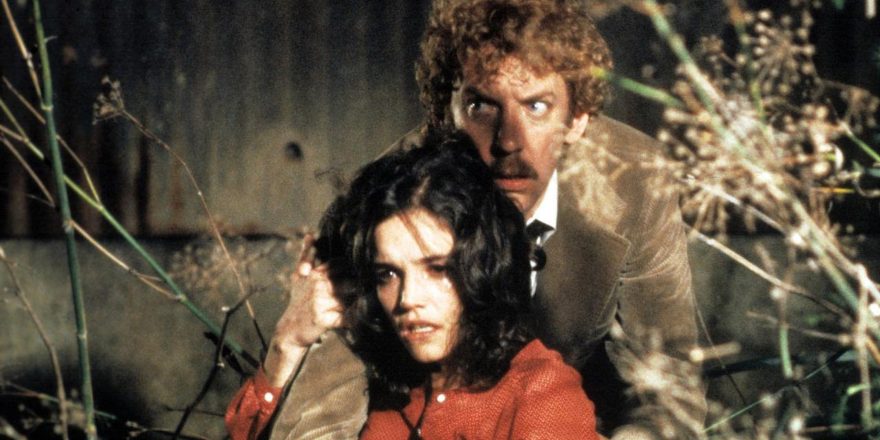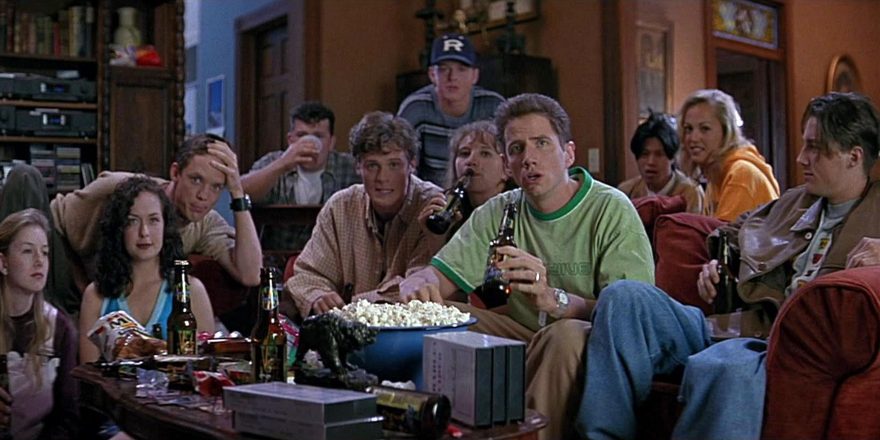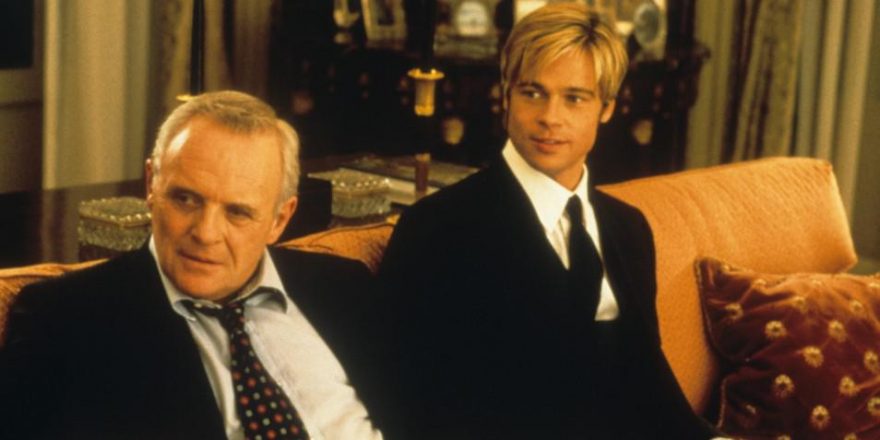When I was a child, I was terrified of everything. The supernatural horrified me. The natural horrified me. I was frightened of the dark, I was frightened of contaminated food, I was frightened of my peers, I was frightened of being alone. I was frightened of my constantly dislocating knees, dentists, snap bracelets accidentally cutting my wrists, Garbage Pail Kids, suffocation, abduction, public humiliation, and my eczema-riddled body. I was so scared of the unknown that I couldn’t venture into an empty area of my apartment without my parents assuring me of their presence. I would call out to them as I traversed the living room, “Are you still there!?” and they would call back from the kitchen, “Yes, still here!”
Troubling times at camp solidified my anxieties. Camp in 1988 was a strange and terrifying place of depressing talent shows, dead bugs on windowsills, and forlorn dawn bugling. There was a particularly odious counselor who would hang me from coat hooks by my collar (and once by my underwear), leaving me there to dangle helplessly. Even the bathrooms at camp were too dangerous to use. Older boys in Guns N’ Roses T-shirts would lurk in the restrooms smoking Camels and violently harassing anyone who showed up and dared to use the facilities. I would hold it in until I could stealth to the toilet under cover of darkness and relieve myself. I decided showering was out of the question. Rumors circulated about an increasingly smelly eight-year-old who was easily spooked. The campers would seek me out, and say things like, “Hey, are you that kid who’s frightened of ghost stories? I’ve got a good one for you.”
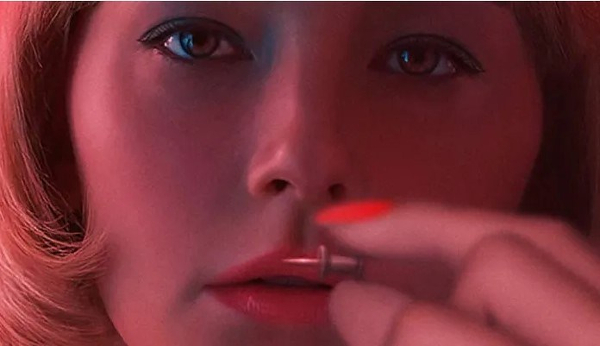
Amidst all the torment, my dear friend Chris Dapkins was the only one who reached out to comfort me as I lay sobbing in my bunk. As I clutched my Peanuts comic books and wept, Chris walked to my bunk past the smirking boys. He reached his hand up to tenderly pet my hair and assure me that everything would be all right. That simple act of bravery has stuck with me over the years. A few birthdays later, Chris, myself, and my highly creative sister, Francesca Mirabella, found an old Super 8 camera at a yard sale and decided to start making bizarre films together in the Catskill mountains. This sparked a lifelong obsession with subversive and, in my case, horrifying cinema. (Chris, also a filmmaker now, is not a fan of horror, which we jovially joust about from time to time.)
So how did the petrified eight-year-old who was ruled by fear turn into what I currently am, a psychological horror director? The evolution was as much philosophical as it was aesthetic.
A pivotal transition came with my mother’s decision to read the Lord of the Rings trilogy to me at bedtime. My mother, Bella Mirabella, has a paradoxical relationship to the horrific, as do I. She prefers to watch films that are comforting and amusing, blaming my weirdness on the fact that she saw Alien while pregnant with me. My mother is also a brilliant academic who teaches Dante’s Inferno and relishes the descriptions of torture visited upon various sinners in that fascinating tome.
Bella was a frightened child too. My grandmother, Edie, was a homemaker in the 1950s in an unhappy marriage who developed various rituals of control. She was an obsessive hand-washer who would go through four cakes of soap a day and 12 bottles of rubbing alcohol a week. I think she was looking for order in a life she felt increasingly powerless in. My grandfather, at the behest of the doctors, put Edie into a mental institution, where she received electroshock therapy, insulin shock therapy and a non-consensual bilateral lobotomy, none of which cured her OCD. Years later, I would write and direct my first feature film, Swallow (in theaters and on VOD now from IFC Films), inspired by my grandmother’s tribulations. When my grandmother was institutionalized, my mother and her sister, Joyce, were separated and put in foster care at a very young age. Bella was only three years old.
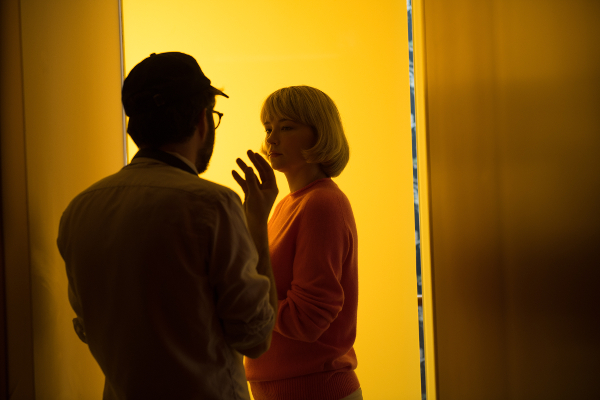
While my grandmother was tortured beyond what any horror director would be allowed to show on screen, my mother was tortured in a different way as she drifted through the lives of mercurial relatives who didn’t want her and navigated alienating foster homes. Despite it all, she remained a lover of literature, finding a spiritual connection with the orphans of Charles Dickens and the heroines of Jane Austen. She focused her ambitions in a direction that was discouraged for women of the Italian working-class world that she came from, namely college. My grandmother famously told my mother: “Girls don’t go to college, they get married.” It’s deeply inspiring to me that the terrified three-year-old Bella, who was described as “shy and needing of affection” by the doctors who wrote my grandmother’s case study, would eventually become a widely respected professor who relishes in-depth discussions about the tortures of hell, Greek tragedies, Shakespeare, and the gender politics of courtly love. She built an uncompromising life that’s undeniably hers with a wonderful partner and two strange but loving adult children.
My mother, although she still can’t bear to watch horror movies, would linger with her velvety voice over Tolkien’s descriptions of the Nazgûl as they stalked Middle Earth. It was in those moments, safely abed, that I began to share her fascination with the Gothic. Just as my mother found solace from her fears in the bowels of Dante’s hell, I too found solace in the otherworldly creatures I began fervently sketching and my macabre short stories about Jukeboxes powered by human blood. Somehow, by transmogrifying my fears into art, they felt manageable. By making them flesh, my monsters seemed conquerable.
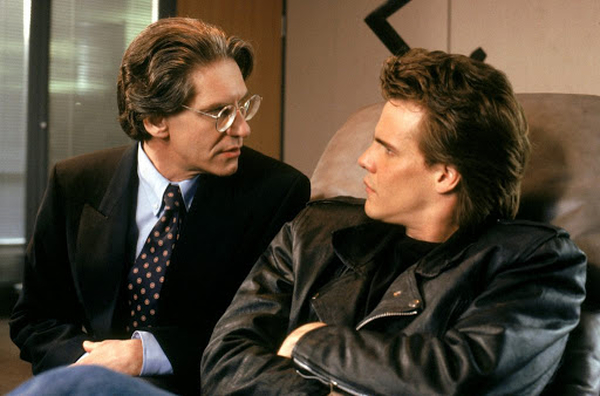
Every day, courageous people do battle with the real monsters of the world: misogyny, racism, homophobia, transphobia, social anxiety, neuroses, PTSD, sexual assault and harassment, self-hatred, despair, hopelessness, grief, economic oppression, and loneliness. I strongly believe that emotionally cathartic cinematic storytelling, be it horror, comedy, or drama, can aid people in those daily struggles, increasing empathy, self-acceptance, and empowerment.
By the time I got to high school, I was sporting a green velvet tuxedo with a homemade rabbit jawbone necklace. I was wearing dresses (only in my room at first) and exploring my growing transgender feelings. A classmate with a substantial VHS collection invited me to his apartment and showed me The Shining and Akira back to back. I was flabbergasted by the psychological insight and delicious dread of those movies. This classmate turned out to be Jordan Peele, who eventually created the horror masterpieces Get Out and Us. As the evening drew to a close, Jordan suggested that we also watch Nightbreed, because it featured a filmmaker, David Cronenberg, playing a murderous psychiatrist. We watched a few scenes from Nightbreed, and I thought to myself, “Maybe I’ll check out this Cronenberg fellow’s other work.” I walked down Broadway in 1995, giddily anticipating all the fascinating, disturbing, heartfelt creations I had yet to consume and perhaps create, no longer so scared of being alive.


